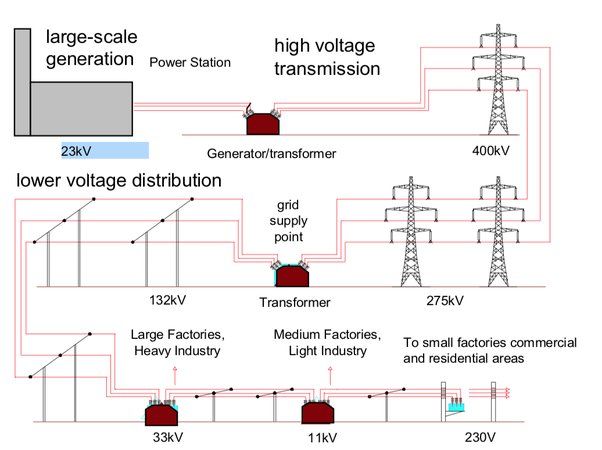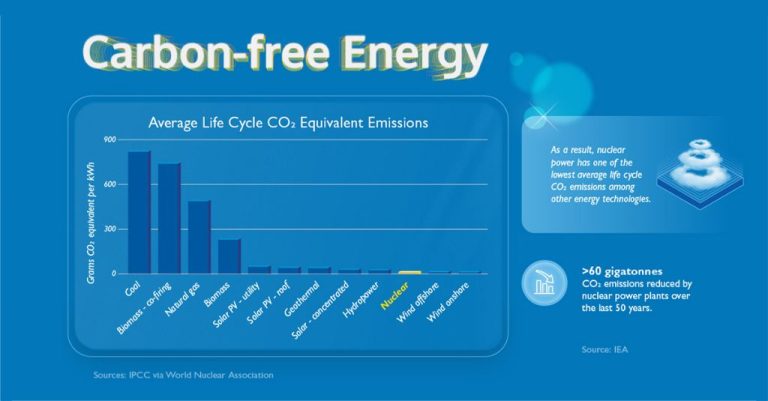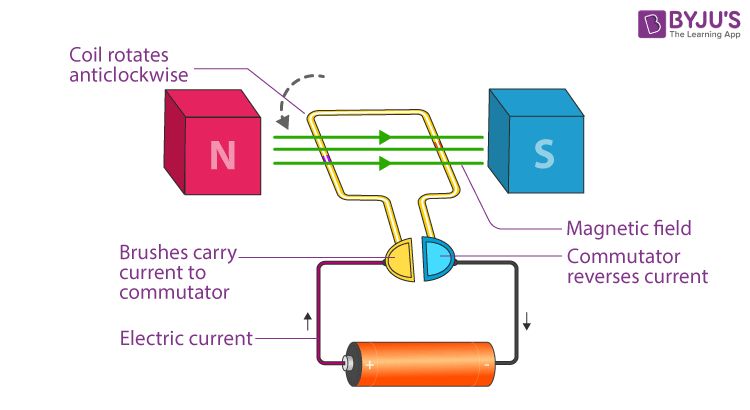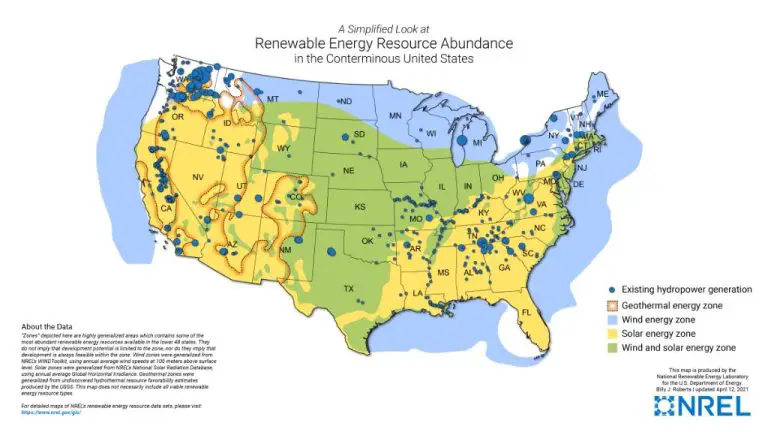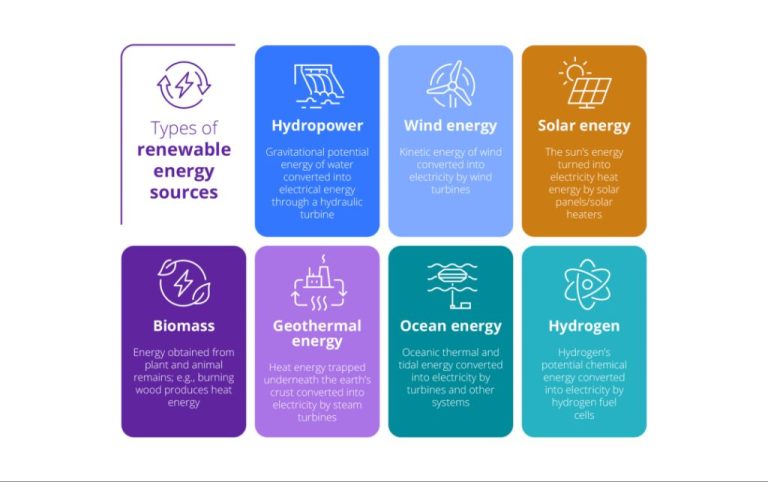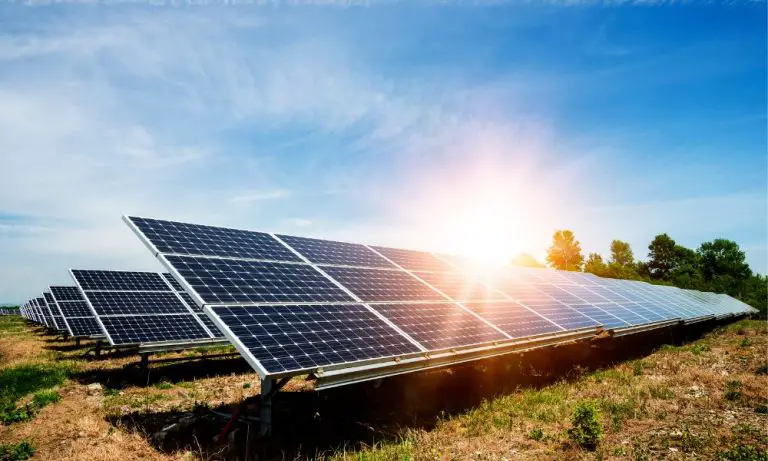Will Kinetic Energy Increase As Mass Increases?
Definition of Kinetic Energy
Kinetic energy is the energy an object has due to its motion. The kinetic energy of an object depends on two main variables – its mass (m) and its velocity (v). The formula for kinetic energy is:
KE = 1/2mv^2
Where KE is kinetic energy, m is mass, and v is velocity. This simple formula shows that as an object’s mass or velocity increases, its kinetic energy will also increase. An intuitive example is a train – a more massive train moving at the same velocity as a less massive train will have greater kinetic energy.
Relationship Between Mass and Kinetic Energy
Kinetic energy increases proportionally with mass, according to the formula:
KE = 1/2 mv^2
Where:
KE = kinetic energy
m = mass
v = velocity
This formula shows that as mass (m) increases, kinetic energy (KE) will also increase proportionally, assuming velocity (v) stays constant.
The reason behind this is that according to Newton’s second law (F=ma), an object with more mass requires more force to accelerate it to the same velocity as an object with less mass. Since more force is required, more work is done, and more energy is transferred to the object to get it to that velocity. That additional energy is kinetic energy.
Examples of Increased Mass and Kinetic Energy
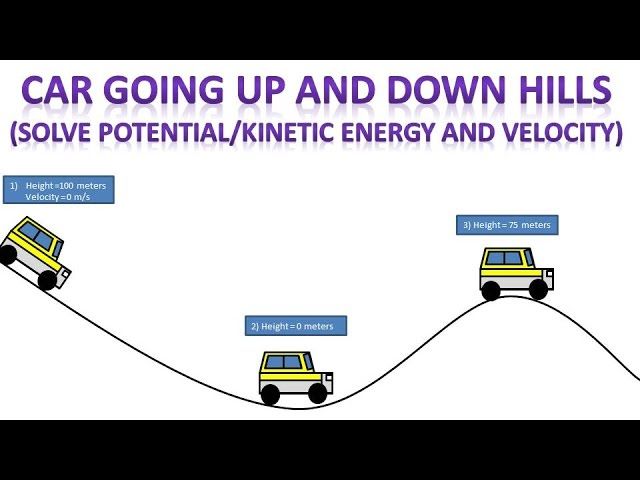
One clear example that demonstrates the direct relationship between mass and kinetic energy is comparing the kinetic energy of a train versus a car. When two vehicles are traveling at the same velocity, the vehicle with more mass will have greater kinetic energy. This is because the kinetic energy equation depends on the mass of the object.
For example, consider a 5,000 kg train traveling at 50 km/hr compared to a 1,500 kg car traveling at the same 50 km/hr. Even though their velocities are identical, the train has over 3 times more mass than the car. Plugging these values into the kinetic energy equation:
Train kinetic energy = (1/2) x 5000 kg x (50 km/hr)2 = 312,500 Joules
Car kinetic energy = (1/2) x 1500 kg x (50 km/hr)2 = 93,750 Joules
As shown, the heavier train has over 3 times more kinetic energy than the lighter car when both are moving at 50 km/hr. This demonstrates that increased mass leads to increased kinetic energy when velocity is held constant.
Other examples where larger mass corresponds to greater kinetic energy could include comparing the energy of an asteroid versus a meteorite, or the energy of an elephant running versus a mouse running at the same speed. In all cases, the object with greater mass will possess higher kinetic energy due to the mass term in the kinetic energy formula.
Real-World Applications
Kinetic energy plays an important role in designing vehicles and structures to withstand impacts or explosions. For example, automotive engineers conduct crash tests to understand the kinetic energy involved when a vehicle collides. They can then design crumple zones and other safety features to dissipate the kinetic energy and minimize damage and injury.
Civil engineers also consider kinetic energy when designing blast-resistant buildings and structures. Explosions release tremendous amounts of energy that can damage nearby buildings. Engineers analyze the mass and velocity of explosive shock waves to calculate the kinetic energy. Then they design reinforced concrete, specialized glass, and other materials to withstand those forces.
Understanding kinetic energy helps engineers find ways to redirect, absorb, or mitigate high levels of kinetic energy from crashes, collisions, and explosions. This protects human life and critical infrastructure.
Kinetic Energy in Physics
Kinetic energy plays an important role in several fundamental physics concepts and laws, including Newton’s laws of motion, momentum, and collisions.
According to Newton’s second law, the net force acting on an object is equal to its mass multiplied by its acceleration. This law shows that force causes acceleration, which is the rate of change of velocity over time. Since velocity is directly related to an object’s kinetic energy, force and kinetic energy are intrinsically linked.
The concepts of momentum and impulse also rely on kinetic energy. Momentum is defined as the product of an object’s mass and velocity. Impulse is defined as the change in momentum over time. So changes in kinetic energy, caused by forces acting on an object, lead to changes in momentum and impulse.
Finally, kinetic energy is crucial when analyzing collisions between objects. The total kinetic energy before and after a collision is always conserved, provided the collision occurs in a closed system with no outside forces. Kinetic energy transforms into different forms during a collision, like potential energy stored in deformation, heat, and sound, but the total amount remains constant.
In summary, kinetic energy is a fundamental concept woven throughout foundational physics topics like Newton’s laws, momentum and impulse, and collisions. The role of kinetic energy helps quantify motion, analyze the effects of forces, and understand interactions between objects.
Kinetic Energy vs Potential Energy
Kinetic energy and potential energy are the two main forms of mechanical energy. Kinetic energy is the energy of motion – it is the energy an object has due to its motion. The faster an object moves, the more kinetic energy it possesses. Potential energy is stored energy – it is the energy an object has due to its position or chemical configuration. An object at rest has no kinetic energy, but it may have potential energy due to gravity, elasticity, or chemical bonds holding it together.
For example, a ball sitting at the top of a ramp has potential energy due to gravity. When released, the ball rolls down the ramp, gaining kinetic energy as it accelerates. At the bottom of the ramp, the ball has maximum kinetic energy and minimal potential energy. The sum of kinetic and potential energy in the system remains constant, assuming negligible friction. Kinetic and potential energy can transfer back and forth based on an object’s motion and position.
In physics, the ability to convert between kinetic and potential energy allows useful work to be extracted from objects and systems. Understanding the difference between kinetic and potential energy is key to analyzing mechanical systems and solving physics problems.
Factors Besides Mass
While an increase in mass does directly increase an object’s kinetic energy, it’s important to note that mass is not the only factor that impacts kinetic energy. The other main factor is velocity.
Kinetic energy is calculated using the formula: KE = 0.5 x m x v^2
Where m is mass and v is velocity. This formula shows us that as velocity increases, kinetic energy will also increase exponentially. For example, doubling the velocity of an object will actually quadruple its kinetic energy, because velocity is squared in the formula.
Therefore, while heavier objects moving at the same velocity as lighter objects will have greater kinetic energy, lighter objects moving at much higher velocities can also achieve high levels of kinetic energy. Velocity can have a greater overall impact on kinetic energy than mass in many cases. Both factors are important to consider.
Examples and Calculations
To demonstrate how kinetic energy increases with increased mass, let’s look at some sample calculations.
The formula for kinetic energy is:
KE = 0.5 x m x v2
Where:
m = mass (in kg)
v = velocity (in m/s)
Let’s say we have two objects, Object A and Object B. Object A has a mass of 10 kg and is moving at a velocity of 5 m/s. Object B has a mass of 20 kg and is also moving at 5 m/s. Let’s calculate the kinetic energy of each:
Object A:
m = 10 kg
v = 5 m/s
KE = 0.5 x 10 x 52
= 0.5 x 10 x 25
= 125 J
Object B:
m = 20 kg
v = 5 m/s
KE = 0.5 x 20 x 52
= 0.5 x 20 x 25
= 250 J
We can see that when the mass doubled from 10 kg to 20 kg, while keeping the velocity the same, the kinetic energy also doubled from 125 J to 250 J.
Therefore, this example clearly demonstrates that as mass increases, kinetic energy increases as well, assuming velocity remains constant.
Frequently Asked Questions
Here are some common questions about the relationship between mass and kinetic energy:
Does kinetic energy always increase when mass increases?
Yes, kinetic energy will always increase when mass increases, assuming the velocity stays constant. The kinetic energy equation shows that kinetic energy is directly proportional to mass. So if mass goes up while velocity stays the same, kinetic energy has to increase.
Is mass the only factor that affects kinetic energy?
No, mass is not the only factor. Kinetic energy also depends on the square of velocity. So changes in velocity can have a big effect on kinetic energy, even if mass stays the same. Both mass and velocity contribute to the kinetic energy of an object.
Can an object with small mass have more kinetic energy than an object with greater mass?
Yes, it is possible for an object with smaller mass to have greater kinetic energy, if its velocity is much higher. Kinetic energy increases exponentially with velocity but only linearly with mass. So a small, fast moving object can certainly have more kinetic energy than a larger, slower moving object.
How exactly does mass affect the kinetic energy calculation?
Mass shows up as a linear term in the kinetic energy equation: KE = 0.5 x m x v^2. So if you double the mass, you double the kinetic energy, holding velocity constant. The relationship is direct and linear between mass and kinetic energy.
Why does kinetic energy depend on the square of velocity?
Conceptually, kinetic energy comes from an object’s motion, which relates to its velocity. Doubling velocity does more than double motion – it quadruples it. Mathematically, velocity squared falls out of the derivation of the kinetic energy equation based on momentum principles.
Summary
In summary, kinetic energy does increase as mass increases. This is because kinetic energy is directly proportional to mass, as shown by the kinetic energy equation:
KE = (1/2)mv2
Where m is mass and v is velocity. Since kinetic energy has mass as a variable, when mass increases, kinetic energy also increases proportionally. We saw examples and calculations demonstrating this relationship.
To recap, as an object’s mass increases, keeping its velocity constant, its kinetic energy will increase linearly. This is an important physics concept with many real-world applications. Understanding the direct relationship between mass and kinetic energy provides insight into motion, energy, and physics principles.

